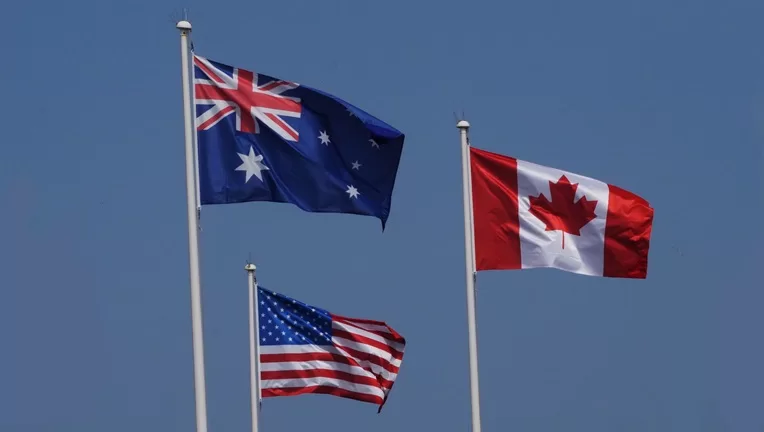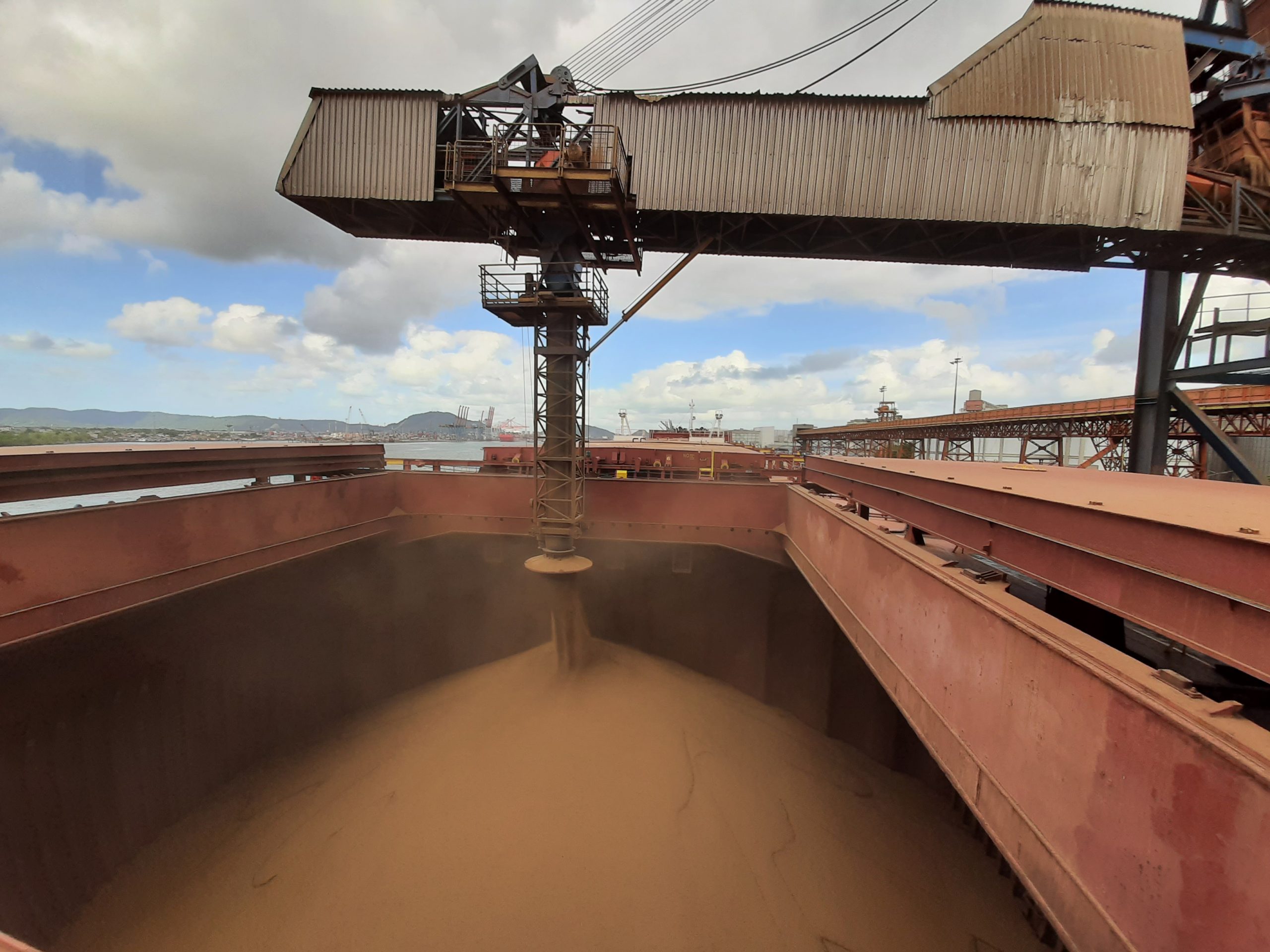
Visa requirements resumed for some nationalit...
read more

Domestic agricultural production
In 2020, agribusiness exports yielded US$ 100.8 billion, a 4.1% growth compared to 2019, the best result since the record of 2018, led by the soya complex commodities (soya beans, meal and oil) and animal proteins (beef, chicken and pork) that together accounted for almost half of all Brazilian exports last year.
With the consolidation of the planting of second crops and the sowing of winter crops across the country, the initial forecast for yet another record harvest was confirmed by the National Supply Company – CONAB, with an estimated volume of 273.8 million metric tons (mmt), a rise of 6.5% over the 2019/20 season, driven by the increase in the cultivated area and, above all, by the steadily good performance of soya beans and corn (maise) crops.

The substantial increase in national agricultural production in 2020 is consistent with similar growth in fertiliser imports. Brazil highly depends on imported fertilisers – three-quarters of what it consumes –to supply the global food market with up to three harvests of varied crops per year. Many of the bulk carriers that arrive with fertiliser shipments at Brazilian ports end up leaving the country loaded with agriproducts, mainly soya beans, corn and sugar.
The United States Department of Agriculture – USDA forecasts global soya bean production in 2020/21 to reach 363,187 mmt, with Brazil’s share estimated at 136,000 mmt, or 37.4% of world production.

The latest crop assessment conducted by CONAB confirms Brazil’s soya bean production to reach 135.5 mmt this season, an increase of 8.6% compared to the previous harvest. The agricultural agency under the Ministry of Agriculture, Livestock and Supply – MAPA reports an expansion of the planted area to 38.5 million hectares with the productivity growing 4.3% to yield 3,523 kg/ha.
Soya bean remains the main commodity on Brazil’s export basket in gross revenues and is only behind iron ore in quantities shipped abroad. Last year, the country exported 663,139 mmt of goods by sea (up 3.1% to 2019). Of this volume, 80,856 mmt comprised soya bean in bulk, up 10.8% in relation to 2019. FOB sales went from US$ 26.1 billion in 2019 to US$ 28.5 billion last year, according to the Foreign Trade Secretariat (SECEX).

Statistics from the National Waterway Transport Agency – ANTAQ, indicate that 104.2 million metric tons (mmt) of soya beans were handled in the Brazilian port system in 2020, of which 23.2 mmt in barge transhipment stations (ETCs) in the Amazon region, 12.8% more than the previous year.

In 2020, soya bean shipments to overseas ports departed mostly from grain elevators in the port complexes of Santos, Paranaguá-Antonina, Rio Grande, Itaqui and Barcarena. The main destination was China, whose ports received over 65% of the soya bean shipments, followed by Singapore (a transhipment port to other Asian regions), Spain and the Netherlands.

Following the trend of recent years, the peak of oilseed exports from Brazil occurred between February and May at ports in the South and Southeast regions, such as Santos, Paranaguá and Rio Grande. Most of the shipments of the second semester were loaded at the Northern Arc ports of Itacoatiara (near Manaus), Santarém and Barcarena (near Belém), in addition to the Northeaster port of Itaqui (São Luis), which dominates the region and alone handled more soya beans than all of its competing ports in the Amazon combined.
Even with the sluggish kick-off and the extensive line-up of vessels queuing for a berth in the main ports, the soya bean harvest gained higher pace in the last weeks of March. Exports exploded, reaching a record high of 13.5 mmt shipped in March, and a possible record for April, according to a USDA estimate.
CONAB predicts Brazil’s soya bean production in 2021 will reach 135.5 mmt, 8.6% more than last year, while the USDA estimates a record crop of 136 mmt. The two agricultural agencies agree that export volumes are expected to arrive at a record high of 85.6 mmt this year, an increase of 3% over 2020.
Between January and April this year, around 33 mmt of soya beans have already been exported, up 3.5% year on year, with FOB revenue of US$ 13.4 billion, while the FOB price of the oilseed rose 33.3% to US$ 0.4/kg, according to SECEX data.
Brazil soya bean export seasons usually start off in the southern ports in January, with volumes picking up exponentially until around April/May when most shipments depart predominantly through the Northern Arc ports. This season, however, the export window has been pushed forward due to the adverse weather.
A drought in the second half of last year postponed the start of sowing, while the excessive rainfalls that followed ended up prolonging the soya bean crop cycle. As a result of the lag, grain elevators ran out of stock. Bulk carriers that arrived at Brazilian ports as of January faced substantial congestions amid genuine concerns about the quality of the beans, especially about moisture content (MC), which, apart from the commercial interest, is a fundamental parameter for the safe carriage of this commodity by sea.
Standard soya beans contracts drafted by the Brazilian Association of Grain Exporters – ANEC, the most used in Brazilian FOB shipments, specify a maximum MC of 14%, in line with recommendations issued by MAPA. On the other hand, P&I clubs and cargo scientists perceive this limit as too high. They warn that soya beans with excessive MC and high temperature are biologically unstable and prone to self-heating during sea passage, especially on the long hauls between South America and the ports in Southeast Asia.
Despite the positive production and export outlook, higher levels of moisture in soya beans are being reported for weeks now, in some fields in the state of Mato Grosso and areas in the North and Northeast regions. Many parcels with too high moisture content have caused rows of trucks at the receiving points, with drying processes taking longer than usual, delaying deliveries to the grain elevators at the ports.
So far, there are no substantial reports that the quality of the soya bean loaded in the past months has been affected due to adverse weather. However, the export season is still in full swing, and many shipments have not yet reached their destinations. Therefore, the quality and condition of the cargo presented for shipment must be carefully examined to minimise the risk of biological deterioration during the long journey of the beans.
Our publication Loading Soya Beans in Brazil – Practical Guidance provides detailed information on this commodity.
Please read our disclaimer.
Related topics:
Rua Barão de Cotegipe, 443 - Sala 610 - 96200-290 - Rio Grande/RS - Brazil
Telephone +55 53 3233 1500
proinde.riogrande@proinde.com.br
Rua Itororó, 3 - 3rd floor
11010-071 - Santos, SP - Brazil
Telephone +55 13 4009 9550
proinde@proinde.com.br
Av. Rio Branco, 45 - sala 2402
20090-003 - Rio de Janeiro, RJ - Brazil
Telephone +55 21 2253 6145
proinde.rio@proinde.com.br
Rua Professor Elpidio Pimentel, 320 sala 401 - 29065-060 – Vitoria, ES – Brazil
Telephone: +55 27 3337 1178
proinde.vitoria@proinde.com.br
Rua Miguel Calmon, 19 - sala 702 - 40015-010 – Salvador, BA – Brazil
Telephone: +55 71 3242 3384
proinde.salvador@proinde.com.br
Av. Visconde de Jequitinhonha, 209 - sala 402 - 51021-190 - Recife, PE - Brazil
Telephone +55 81 3328 6414
proinde.recife@proinde.com.br
Rua Osvaldo Cruz, 01, Sala 1408
60125-150 – Fortaleza-CE – Brazil
Telephone +55 85 3099 4068
proinde.fortaleza@proinde.com.br
Tv. Joaquim Furtado, Quadra 314, Lote 01, Sala 206 - 68447-000 – Barcarena, PA – Brazil
Telephone +55 91 99393 4252
proinde.belem@proinde.com.br
Av. Dr. Theomario Pinto da Costa, 811 - sala 204 - 69050-055 - Manaus, AM - Brazil
Telephone +55 92 3307-0653
proinde.manaus@proinde.com.br
Rua dos Azulões, Sala 111 - Edifício Office Tower - 65075-060 - São Luis, MA - Brazil
Telephone +55 98 99101-2939
proinde.belem@proinde.com.br